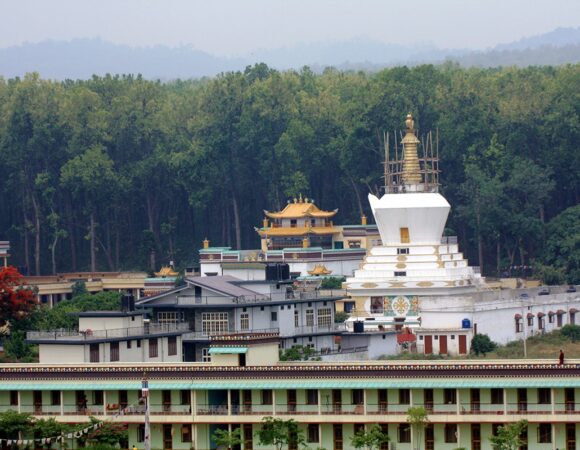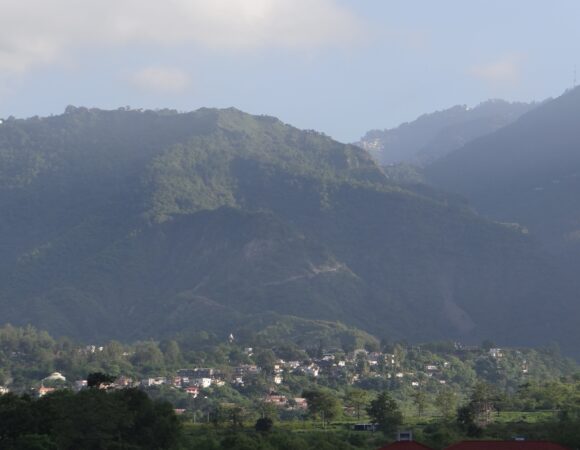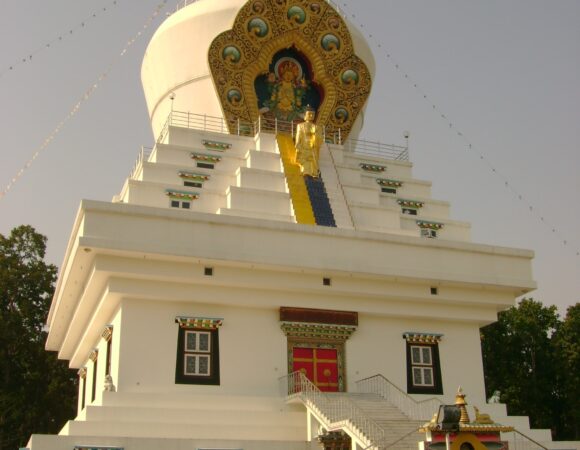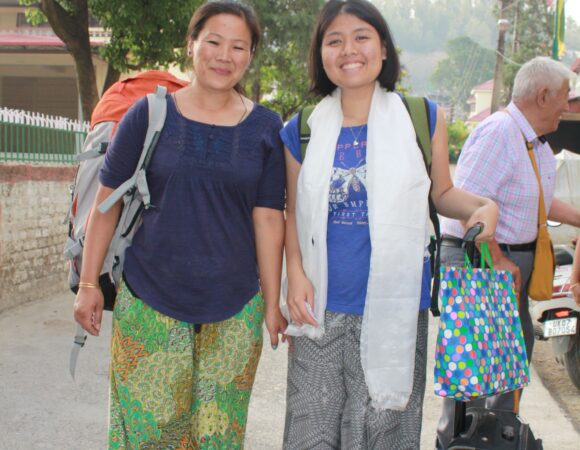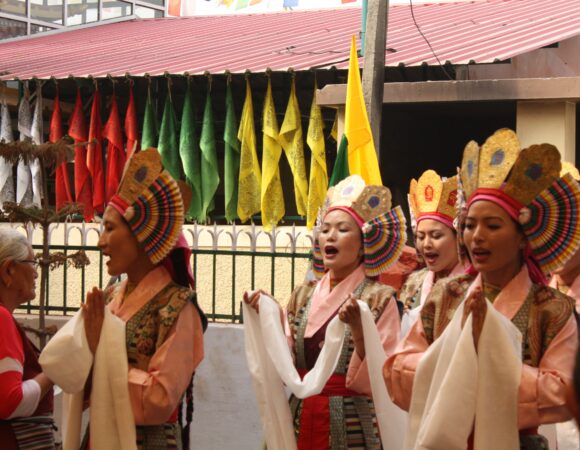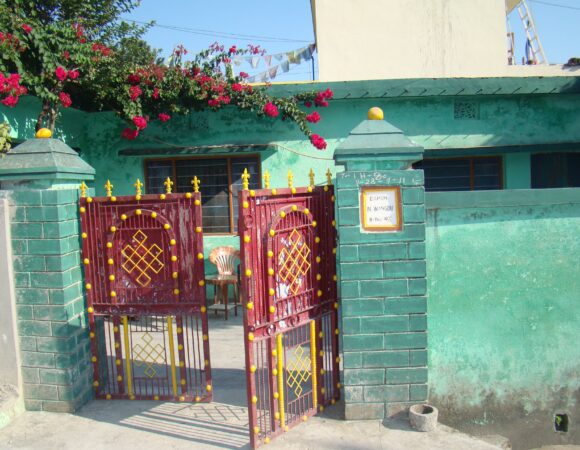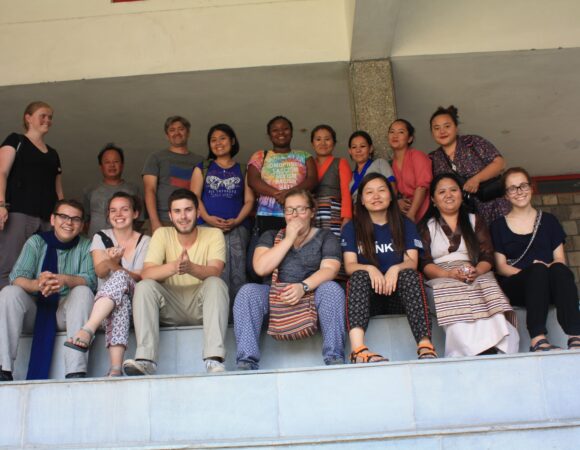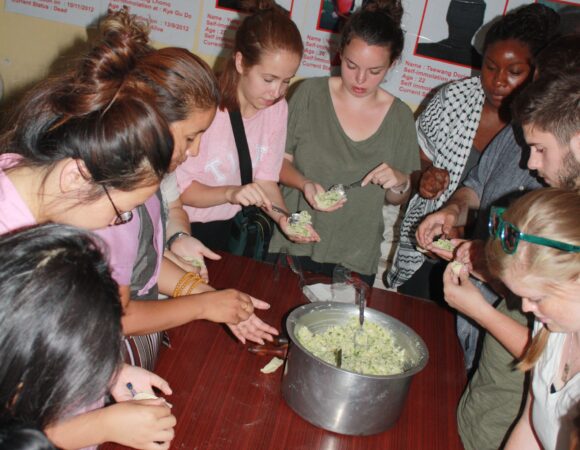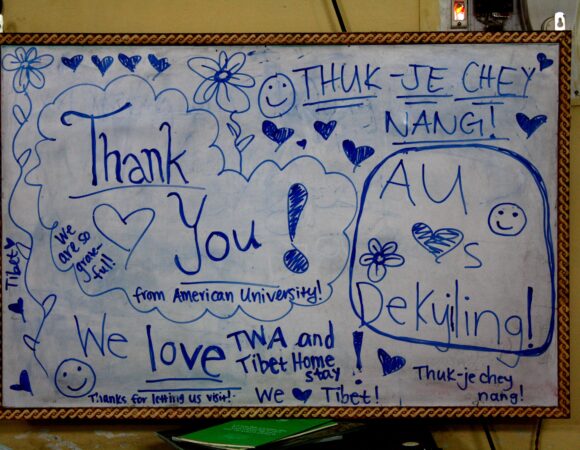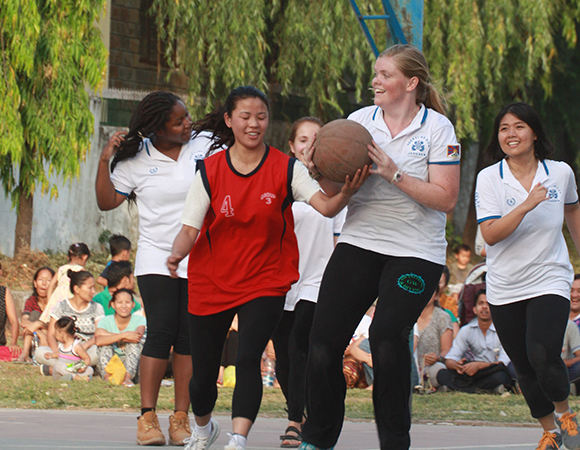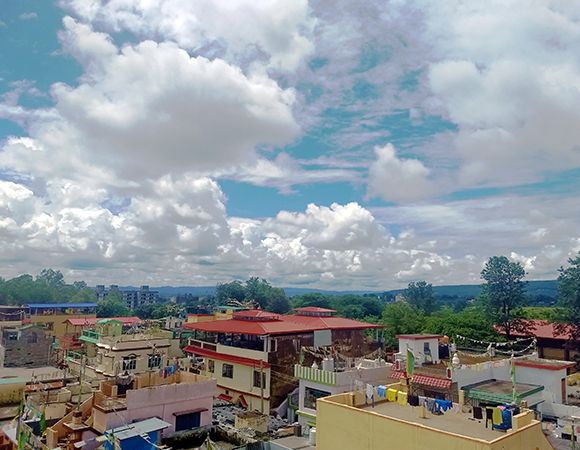- Home
- Dehradun
Where Tradition and Progress Flourish
Dehradun's Unique Appeal:
Education, Governance, and Growth
Since becoming the capital of Uttarakhand, Dehradun has witnessed significant growth in education, communication, and transportation. As the state capital, it's home to several government institutions and is renowned throughout India for its high-quality educational institutions.
Traveling in Dehradun
In Dehradun, buses are recognized by their distinctive blue bars, while auto-rickshaws, although convenient for transportation, contribute to concerns about pollution and noise. The lively atmosphere of Rajpur Road in the evenings is a must-experience attraction. Despite its accelerated development as the state capital, Dehradun retains its reputation as a peaceful city blessed with pleasant weather.
City Landmarks
The heart of the city is easily identified by the Clock Tower (Ghanta-ghar), adorned with six functioning clocks. Shanti Niketan features the statue of San Dijen, adding to the city's charm. Dehradun has been a haven for artists and writers, including David Cling, Nayantara Sahgal, Alan Saila, Bil Acne, and Ruskin Bond, who either resided here for extended periods or drew inspiration from the city. The Clock Tower pays homage to freedom fighters whose names are proudly engraved in gold.
Cultural Traditions
The region is renowned for its woolen blankets, still used by those residing in high-altitude areas. Traditional attire for women includes saris with full-sleeved blouses, along with Angra jackets. In the past, young girls wore full skirts with scarves covering their heads and shoulders, but modernization has ushered in salwar suits. Men, once clad in dhotis, angarkhas, and langotis, have embraced modern clothing such as shirts, trousers, denims, and kurta-pyjamas. During winters, men don jackets, hats, and overcoats, often lined with hemp thread, a local agricultural product.
Lively Cuisine and Luscious Lichis
Dehradun's primary occupation is agriculture, with a significant military, business, and intellectual presence. The cuisine typically includes rice and dal complemented by raita, curd, and salad. Lichis from Dehradun are famous nationwide.
Festivals and Fairs
Dehradun hosts various fairs (melas) throughout the year. Notable ones include the Magh Mela on January 14 and the Jhanda Mela in March. The latter, primarily for the Sikh community but open to all, draws Sikhs from across India and beyond, making it a culturally enriching experience for everyone.
Dekyiling Tibetan Settlement: A Glimpse
It served as a sanctuary for the second batch of Tibetan refugees from Bhutan and unsettled Tibetans in the Dehradun District. Initially, it housed 720 settlers on 30.66 acres of land allocated exclusively for housing.
Settlement Location:
Dekyling Tibetan Settlement lies 12 km from Dehradun city, perched at an altitude of 2,100 ft. above sea level. The region experiences a temperature range of 5°C to 38°C and an average annual rainfall of 15-20 cm.
Settler's Livelihood
Settlers primarily sustain themselves through the settlement's handicrafts center, where they create Tibetan carpets, colorful women's aprons, shoulder bags, and Tibetan jacket materials. Additionally, many engage in small seasonal businesses.
Facilities in the Settlement
The settlement features a primary school offering education up to the 10th standard, a modern allopathic hospital, a Tibetan Medical and Astrological institute, and several monasteries, including Lhodrak Dhonnyi, Lhodrak Thikche, and Sakya Tsun. A cooperative society manages the handicraft center, public service sections, shops, and a telephone booth.
Administrative Setup
The settlement is overseen by a Settlement Officer appointed by the Central Tibetan Administration in Dharamsala. This officer manages various aspects, including maintaining law and order, overseeing development, and alleviating poverty. Camp leaders, elected by each camp and assisted by group leaders, implement development projects. The Settlement Officer collaborates with camp leaders to make critical decisions, serving as a vital link between the settlement office and the community.

